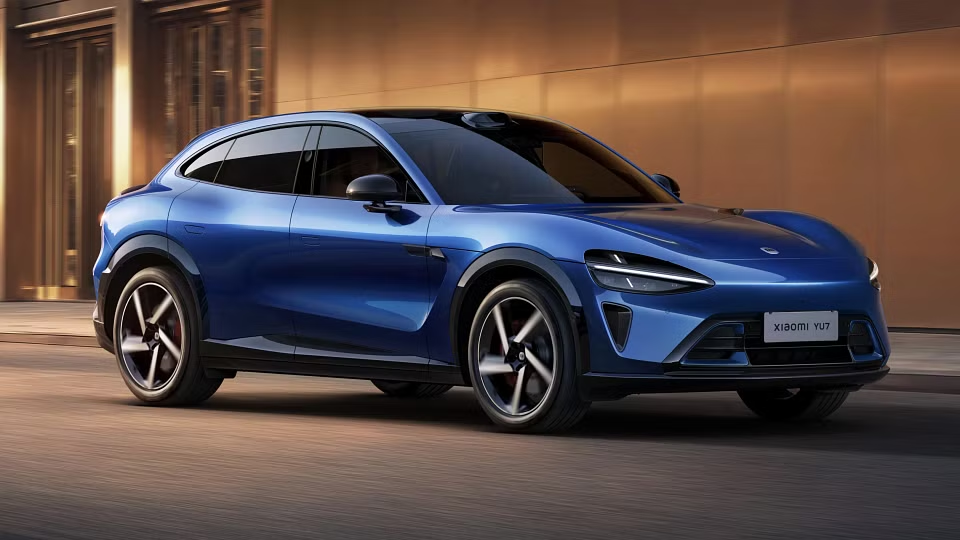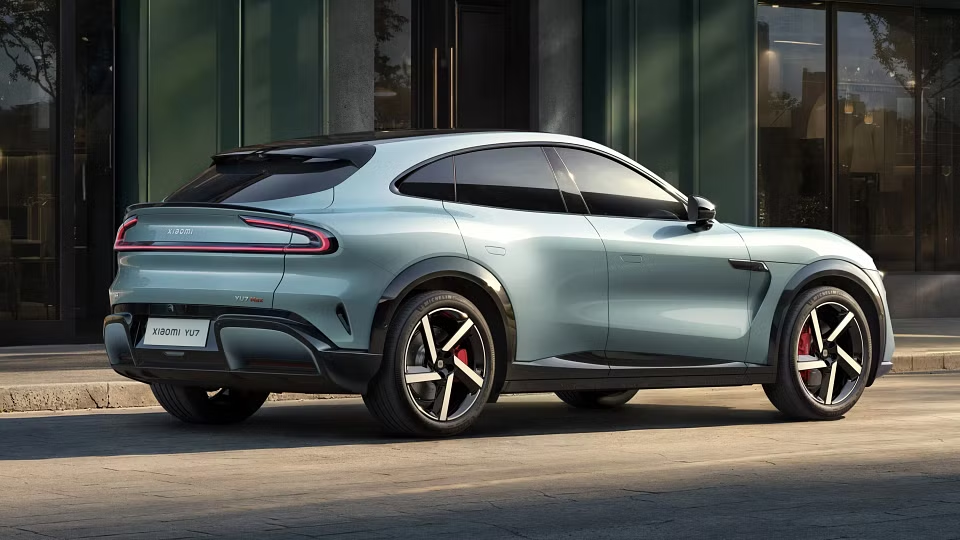
Chinese tech giant Xiaomi has confirmed plans to export its electric vehicles beyond its domestic market, a development that brings the prospect of Xiaomi-badged EVs to Australia into clearer view.
What Xiaomi has announced
At a recent investor briefing Xiaomi president William Lu signalled Europe will be the company’s first export market for its automotive arm, with showrooms targeted for 2027. Chief financial officer Alain Lam has described the expansion as still being in a “research and preparation” phase – with specific models, pricing and profitability not yet finalised.
Why Australia is relevant
Europe and Australia share many regulatory and market characteristics: high safety standards, evolving emissions and EV rules, and comparable buyer expectations. It’s common for Chinese carmakers that enter Europe to follow with right-hand-drive versions for Australia and the UK. If Xiaomi pursues that path, Australian arrival becomes technically feasible – but not automatic. Right-hand-drive conversion, homologation to Australian Design Rules (ADRs), local crash testing and service network planning will all be necessary steps.
The cars themselves
Xiaomi currently sells two models in China:
- SU7 sedan – styling observers have compared it with the Porsche Taycan.
- YU7 SUV – some design cues have been likened to the Ferrari Purosangue.
Both models generated strong consumer interest at launch. The YU7 reportedly attracted 200,000 pre-orders within three minutes of opening, although initial deliveries were far smaller; only 6,024 units were delivered in its first month.

Financial picture and production scale
Xiaomi’s automotive division remains in heavy investment mode. For Q2 2025 (April-June) the unit reported a loss of 300 million Chinese yuan (about AU$65.1 million) on 81,302 vehicle deliveries. That compares with a loss of 500 million yuan (around AU$108 million) on 69,697 vehicles in the prior quarter. On a per-car basis, Xiaomi reduced its loss to roughly AU$800 per vehicle in Q2 from AU$1,430 per vehicle in Q1, and AU$2,180 per vehicle in late 2024. These figures highlight the scale of investment required as the company ramps manufacturing and tackles costs.
What to watch for in Australia
- Official confirmation: Xiaomi has not announced Australia-specific plans. Company representatives told Australian media at the Shanghai motor show they had nothing new to report, and inquiries remain open.
- Right-hand-drive engineering: Developing RHD variants takes time and cost, and is a precondition for UK and Australian launches.
- Regulatory approval: Any Australian sales would require compliance with ADRs and state registration requirements – a process that can add months to the timeline.
- Product and pricing strategy: Xiaomi says it will apply lessons from China to Europe. Whether that will mean aggressive pricing in Australia or a premium strategy remains unknown.
- After-sales and warranty network: Local service, parts supply and warranty arrangements will be critical for adoption in Australia’s geographically dispersed market.
Implications for the Australian EV market
If Xiaomi follows through, it could increase competition in the mid-range EV segment and exert price pressure, particularly if Xiaomi leverages its scale and smartphone margins to offer value-oriented packages. Established brands would likely accelerate promotions and local players would have to sharpen after-sales offers. Conversely, Xiaomi’s early financial losses underscore the uncertainty – arrival does not automatically mean sustained low prices or immediate scale.
Conclusion
Xiaomi’s move to export its EVs to Europe signals a deliberate, if cautious, global expansion strategy. For Australians the potential is real but contingent: right-hand-drive engineering, regulatory approvals and a clear after-sales plan must all be resolved before Xiaomi cars arrive on our roads. Watch for further announcements as Xiaomi finalises product selections and market strategies; a European rollout in 2027 would be the first major step toward any Australian offering.
FAQs
Q: Is Xiaomi definitely coming to Australia?
A: Not yet. Xiaomi has confirmed Europe as its first export market (targeted for 2027), but it has not announced specific plans for Australia. Entry here would require additional right-hand-drive development and regulatory approvals.
Q: Which Xiaomi models might come to Australia?
A: Xiaomi currently sells the SU7 sedan and the YU7 SUV in China. The company has not confirmed which models will be exported.
Q: When could Australians expect Xiaomi cars if they decide to come?
A: If Xiaomi enters Europe in 2027 and pursues RHD versions, a realistic earliest timeline for Australia would likely be late 2027 or beyond – but this is speculative until the company confirms plans.
Q: Will Xiaomi cars meet Australian safety and regulatory standards?
A: Any vehicle sold in Australia must comply with the Australian Design Rules (ADRs) and pass relevant testing. Xiaomi would need to undertake homologation and potentially engineering changes for local compliance.
Q: How much will Xiaomi EVs cost in Australia?
A: Pricing has not been set. Xiaomi says product and pricing strategies for export markets remain under development.
Q: What about servicing and warranty?
A: Successful market entry depends on local service networks, parts supply and warranty terms. These details would be clarified only once Xiaomi announces an official Australian launch plan.
About EV Evolution
EV Evolution is the leading online platform dedicated to Australian electric vehicle owners and enthusiasts. We foster a vibrant community, delivering essential EV news and insights, and enhancing user engagement through our innovative, AI-powered chatbot for dynamic discussions. Our mission is to empower Australian electric vehicle owners and enthusiasts by fostering a vibrant, AI-driven online community that connects, informs, and advances the nation’s electric vehicle landscape.




